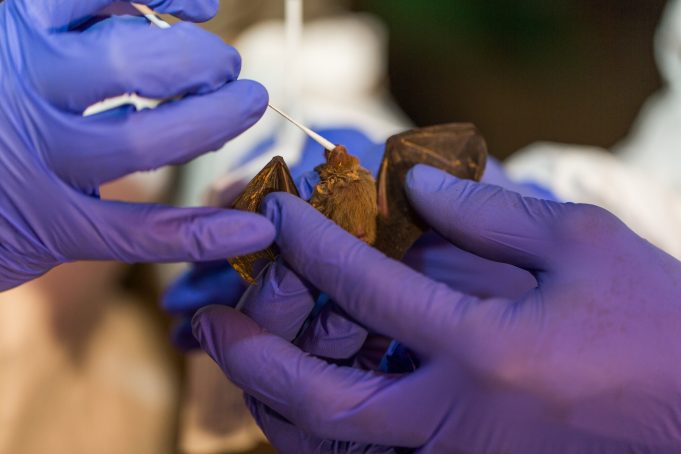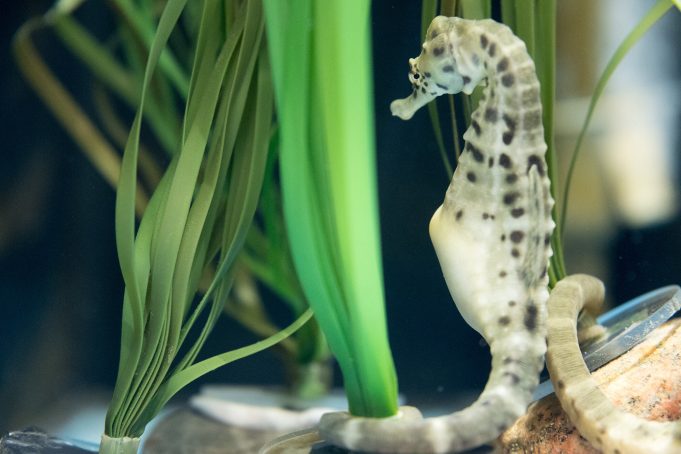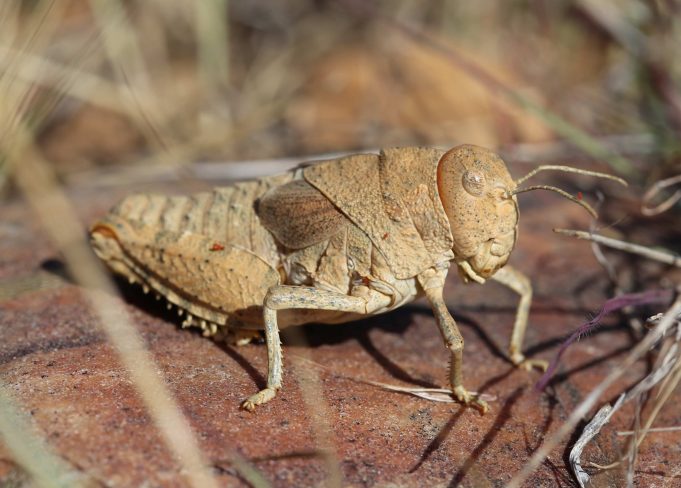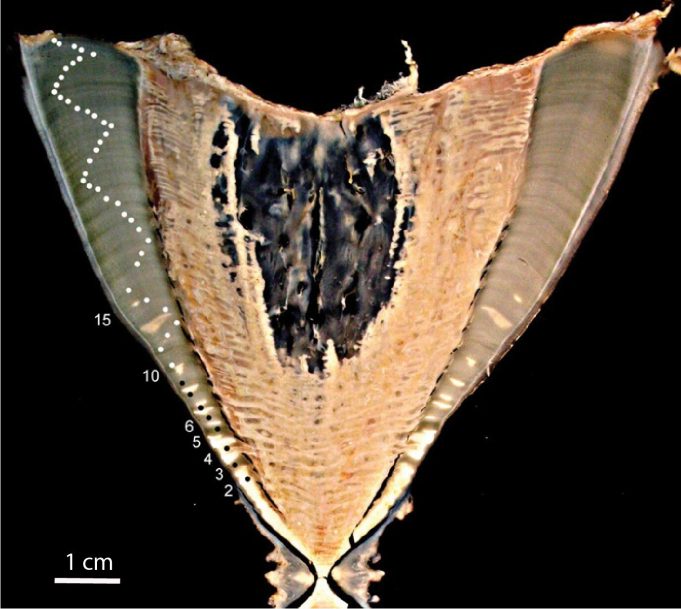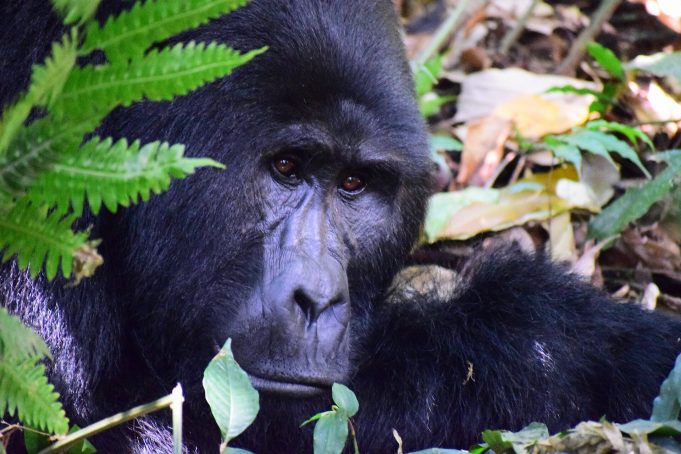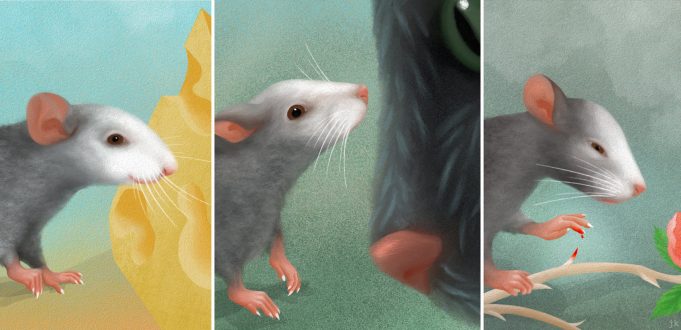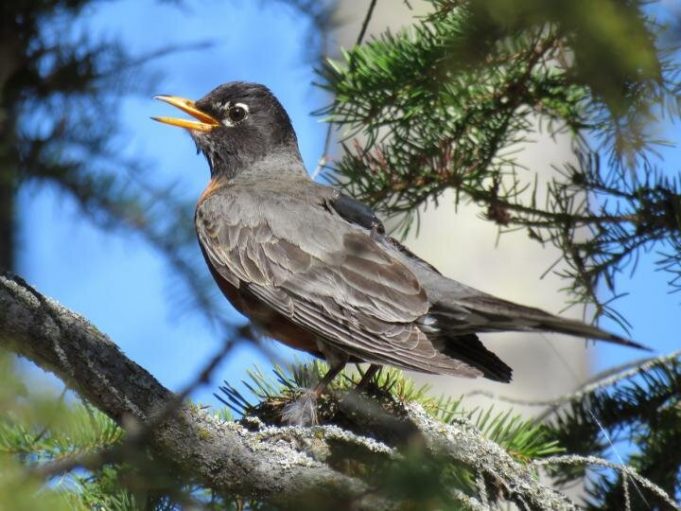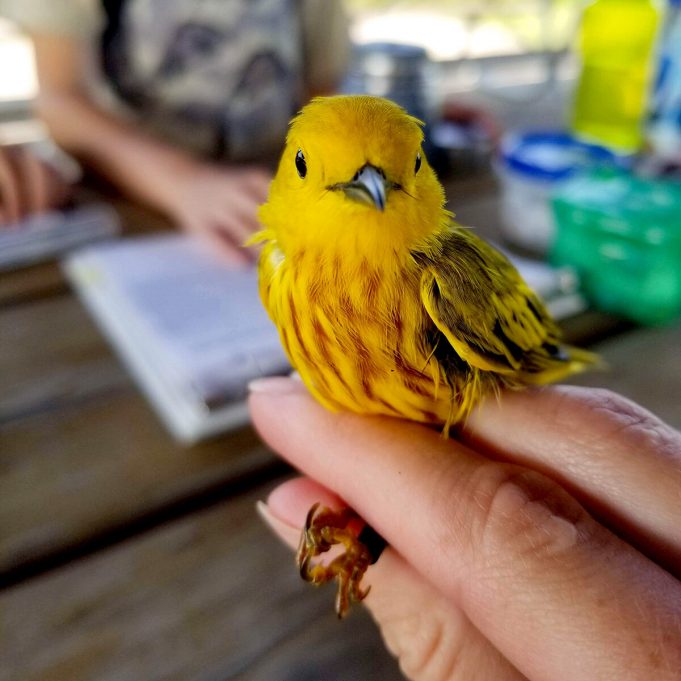Researchers with the Smithsonian's Global Health Program have discovered six new coronaviruses in bats in Myanmar—the first time these viruses have been detected anywhere in the world. Future studies will evaluate the potential for transmission across species to better...
Embryonic development in the womb is a complicated process that is still puzzling today. In particular,researchers have not determined how the paternal genetic information present in the embryo are tolerated by the maternal immune system and not rejected upon...
Edith Smith bred a bluer and shinier Common Buckeye at her butterfly farm in Florida, but it took University of California, Berkeley, graduate student Rachel Thayer to explain the physical and genetic changes underlying the butterfly's newly acquired iridescence.
In...
Some of the tiniest creatures on the planet are vital for the environment. But there is a worldwide fall in insect numbers after an accelerating rate of extinction.
Now, a global group of 30 scientists—including University of Huddersfield lecturer Dr....
Atomic bomb tests conducted during the Cold War have helped scientists for the first time correctly determine the age of whale sharks.
The discovery, published in the journal Frontiers in Marine Science, will help ensure the survival of the species—the largest...
A protein called phytochrome B, which can sense light and temperature, triggers plant growth and controls flowering time. How it does so is not fully understood.
In a paper published in Nature Communications, a group of cell biologists led by Meng...
Primate experts warn that the global human health emergency of COVID-19 also threatens our closest living relatives—endangered great apes.
Nature published their commentary raising the alarm that non-human great apes are susceptible to human respiratory diseases. The 25 authors call for...
Researchers at the Max Planck Institute of Neurobiology are the first to describe emotional facial expressions for mice. Similar to humans, mouse facial expressions change when it tastes something sweet or bitter, or when it becomes anxious. With this...
Every spring, American robins migrate north from all over the U.S. and Mexico, flying up to 250 miles a day to reach their breeding grounds in Canada and Alaska. There, they spend the short summer in a mad rush...
This is the story of three bird species and how they interact. The brown-headed cowbird plays the role of outlaw: It lays its eggs in other birds' nests and lets them raise its young—often at the expense of the...
Sometimes referred to as the "the Methuselah of freshwater fish," sturgeons and their close relatives are very old from an evolutionary point of view. Fossils indicate that sturgeons date back 250 million years and have changed very little during...





